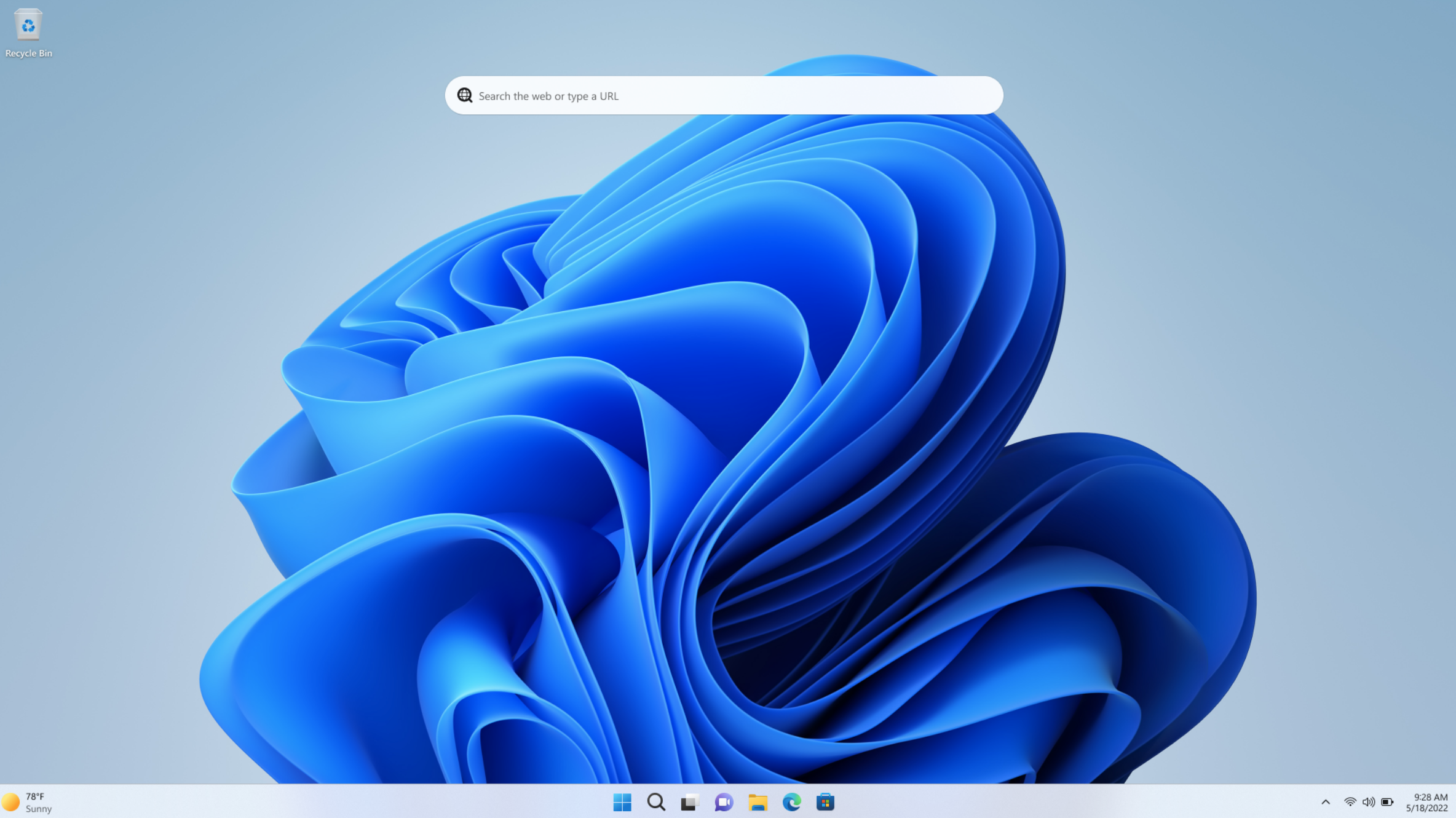Why is the first Windows drive always called C:? Here's the answer

 Image: Claudio Divizia/Shutterstock.com
Image: Claudio Divizia/Shutterstock.comThe alphabet begins with the letter A, but the first drive on a reasonably up-to-date Windows computer is labeled “C:”. Why is that?
First of all, the naming of the first Windows drive is not because Windows is written in the C programming language, as has been assumed here. C is indeed still an important programming language and is often used for programming close to the operating system. In the Unix world, the actual operating system was and still is programmed in C, at least in part. However, this has nothing to do with the naming of Windows drives.
Further reading: Best external drives 2024: Backup, storage, and portability
That’s why Windows starts with C:
get windows 11 pro for cheap
Windows 11 Pro

In the early days of Windows computers, permanently installed data carriers, i.e. hard disks or SSDs, were not common. Instead, floppy discs were used as the primary storage medium, in 5.25-inch and 3.5-inch sizes. The first floppy drive in a Windows computer had the drive letter “A:” and the second the drive letter “B:”. When the first built-in hard disks arrived, Microsoft labeled them alphabetically correct with C:.
A: and B: have disappeared
But why do we no longer see the drive letters “A:” and “B:” on our PCs? It’s because even halfway modern computers no longer have floppy disc drives. “A:” and “B:” are permanently reserved for floppy drives and are therefore no longer displayed in the Windows drive directory.
After the letter C, Microsoft continued with drive naming strictly according to the alphabet. A CD or DVD drive (which no longer exists on PCs) was given the letter “D:” or Windows displayed a second hard drive as “D:” if one was installed. If you plug in a USB stick or install another hard drive, it goes with “E:”, “F:”, and so on.
This article originally appeared on our sister publication PC-WELT and was translated and localized from German.
Author: Hans-Christian Dirscherl, Managing Editor, PC-WELT

Hans-Christian Dirscherl began his IT life with Autoexec.bat and config.sys, Turbo-Pascal and C, Sinix and Wordperfect. He has been writing on almost all IT topics for around 25 years, covering everything from news to reviews and buying guides.
Recent stories by Hans-Christian Dirscherl:
A helpful Windows 11 Start menu feature is now in Windows 10Windows 11 24H2 breaks popular Alt + Tab shortcut. Here’s what you can doMicrosoft’s free PC Manager app for Windows 10 and 11 gets even better






